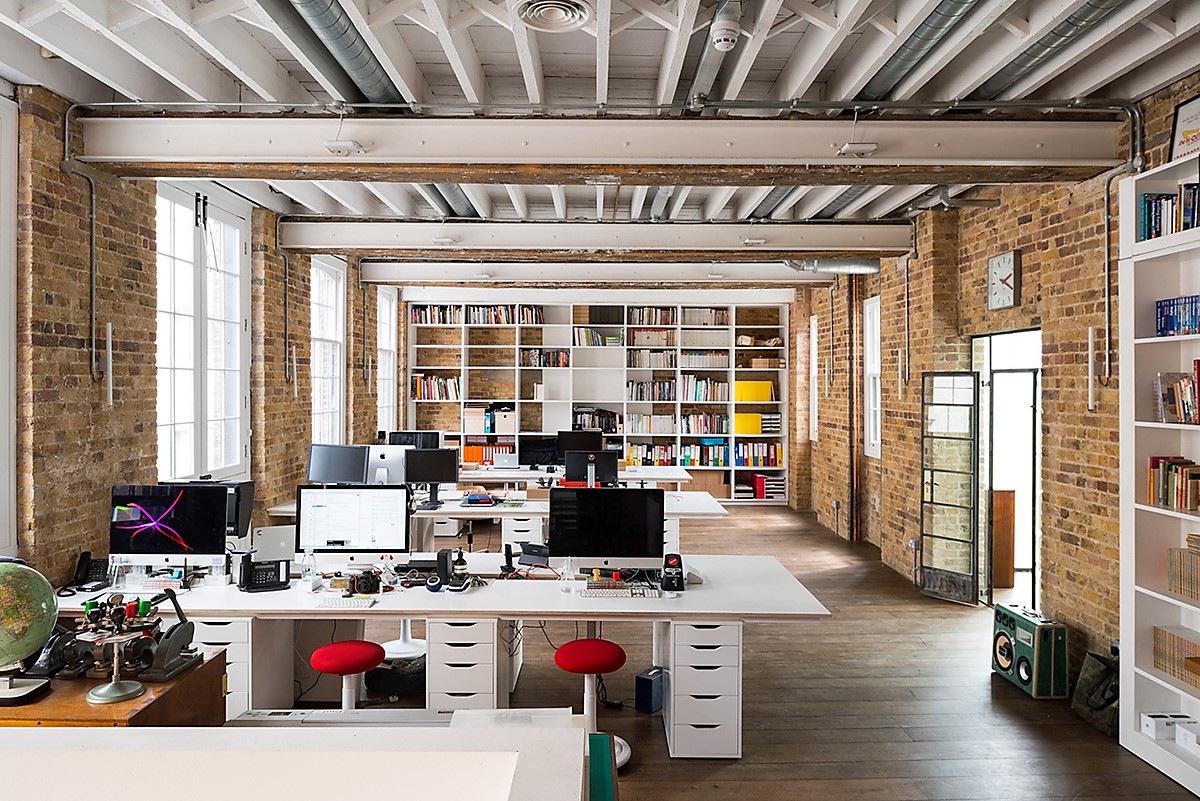12 Questions to Ask When Leasing Office Space
Whether you’re navigating the office space market for the first time or you’ve moved your business before, it’s crucial that you ask the right questions throughout the leasing process to... Read More

6 ways to save $$$ on your office space.
Learn more >April 25, 2017 | by
Reviewed by real estate expert Jonathan Tootell
You might have heard through the proverbial grapevine or friends in a similar position that an office sublet is a great solution for young companies in need of their own workspace.
Makes sense. Subleases tend to be shorter-term agreements, like a year or two, and they often come cheaper than a standard lease between you and a landlord. Savings can range between 15% to 40% under typical vacant office market rates.
Sound too good to be true?
Here are a few scenarios to be wary of.
A sublease might offer a shorter term, but finding one, negotiating the details and renovating the space to your specifications (known as the “build-out”) still takes time.
End-to-end, it could be three months before you close on a sublet. Add an addition two or three months for the build-out and it could be six months before you move into the sublet.
As for landlords, they have little incentive to help during this process. Their primary concern is collecting rent from the principle tenant. They might even be annoyed their tenant is subletting the space to begin with, which can impact any special requests you make and the timeliness of your build-out.
If you’re looking for a more turnkey arrangement, keep in mind that an office sublet doesn’t necessarily solve all your problem.

Entering into a sublease means working off of the existing contract between the principle tenant and the landlord. One you didn’t negotiate.
You’ll want to review it (or better yet, have an attorney review it), but chances are, you won’t get to renegotiate it, you’ll just have to take it as-is.
And sometimes “as-is” means no allowances to make improvements to the space (a tenant improvement allowance is common in a standard lease), which means you’ll have to cover any renovations out-of-pocket, an expensive proposition.
Beware of any baggage between the lessor and the landlord that could disrupt your stay. You’re unlikely to hear about it from either party, but it doesn’t hurt to innocently inquire if all parties are good on terms.
Another complication that could arise for your sublet is the issue of property damage. Depending on the nature of the sublease, you might have to cover a security deposit; it might be a portion of the original deposit or a separate agreement between you and the landlord. Either way, if you don’t assess any damages before moving into an office sublet, you could be stuck paying for the nicks caused by a previous tenant.
Last but not least, it’s a very good idea to find out why the principal tenant (or lessor) is subletting. Have they fallen on hard times and need to offset costs? Are they facing some legal woes? Or are they simply sitting on a surplus of square footage? The more you know about the lessor’s stability as a tenant, the less you’ll have to wonder about moving again on short notice.
SquareFoot is a new kind of commercial real estate company. Our easy-to-use technology and responsive team of real estate professionals delivers the most transparent, flexible experience in the market. Get in touch to start your search today.